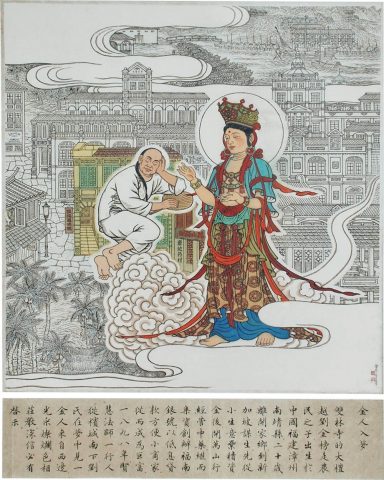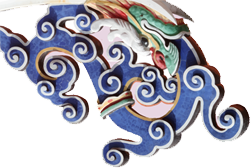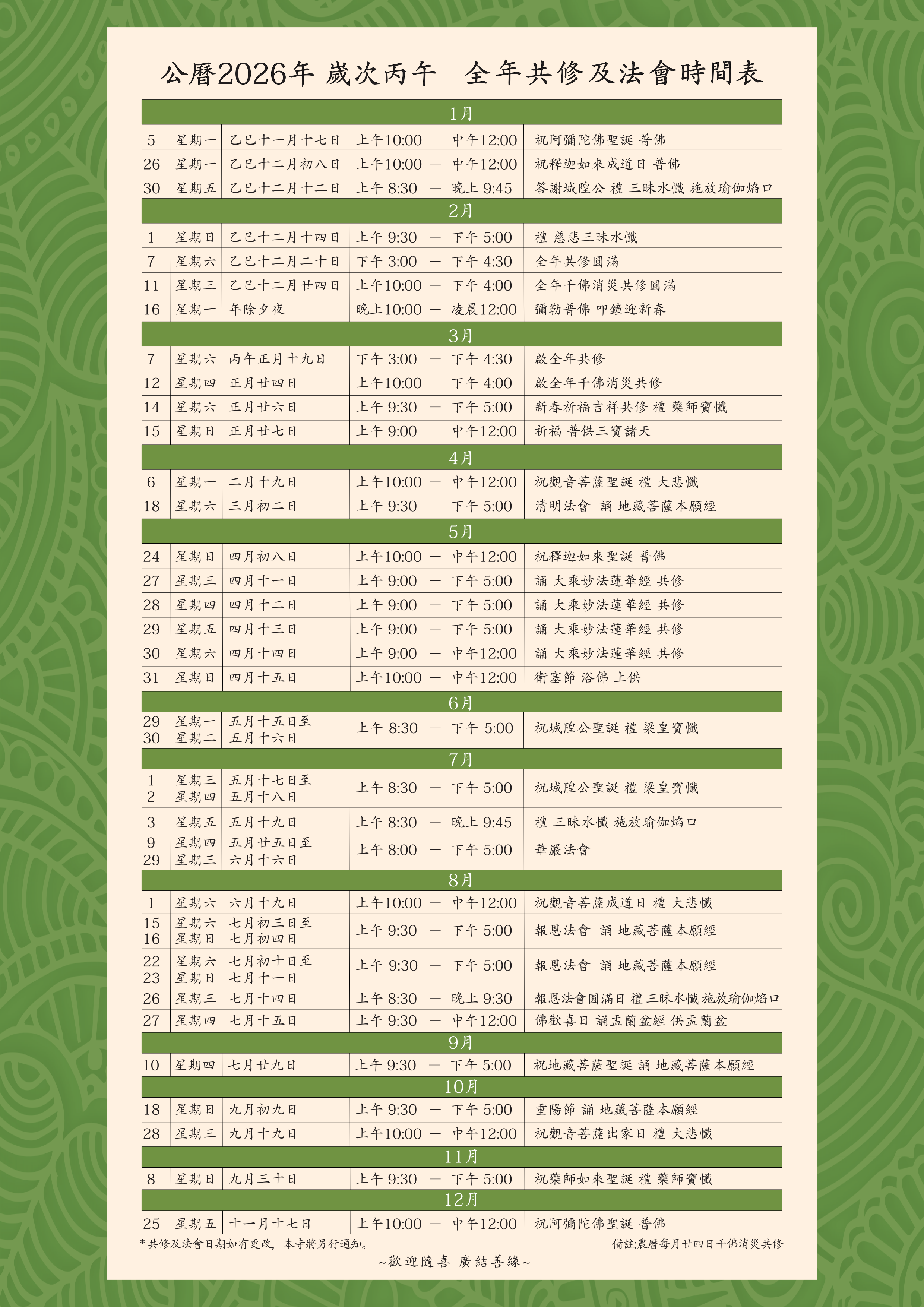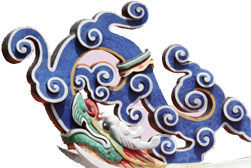
image description
Low Kim Pong, the chief donor of Shuang Lin Monastery was born in a farmer’s family in Nanjing county, Zhangzhou city, Fujian province of China. When he was twenty years old, he left his home to make a living in Singapore. After becoming successful in small business, he opened a Chinese medicine store Chop Ban San, and later Chop Hock Nam that help provide low-interest loan to small businesses. In 1898, while Master Xian Hui and his group were sailing southward from Penang, Malaysia, Low Kim Pong and his son coincidentally saw a golden light shining from the west in their dream. The manifestation was so glorious and dignified that Low Kim Pong strongly believed it must be a revelation.




